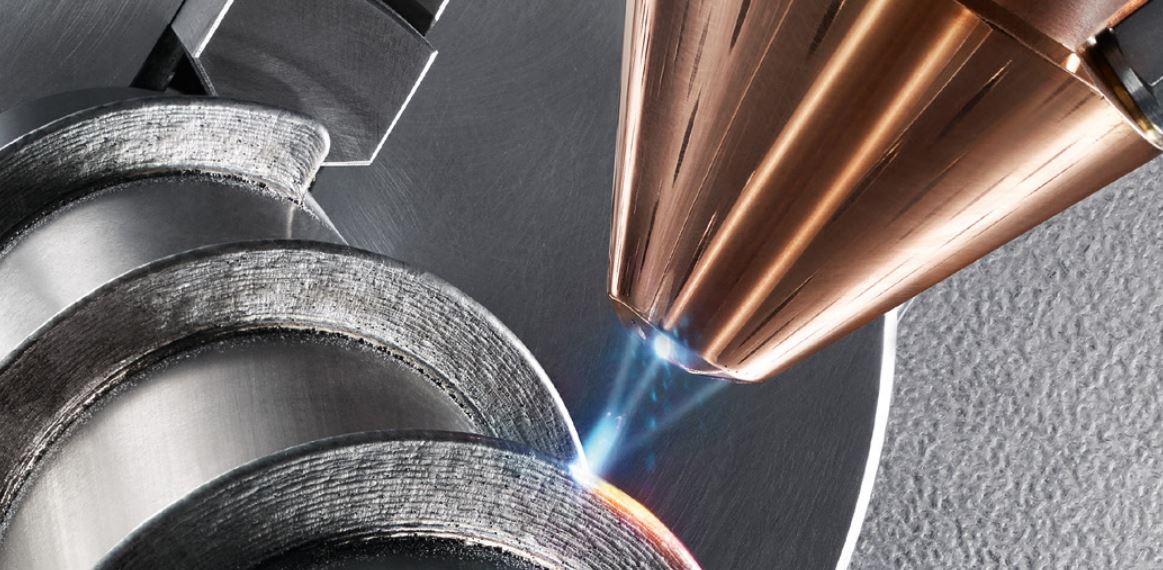With over 220 participants, the Photonics Partnership Annual Meeting organised by Photonics21 took place in Brussels on May 15–16, 2025, bringing together leaders from science, industry and politics.
This year's Annual Meeting had a strong focus on ensuring the continued representation of photonics in the next Multiannual Financial Framework (MFF).
In her video message to the European photonics community, Executive Vice-President Henna Virkkunen stated that photonics is crucial for Europe's sovereignty, competitiveness and sustainability. "Photonics is not just a field of scientific research, but a strategic asset for the European Union. Its applications permeate various sectors and contribute to our resilience, competitiveness and security," said the Commissioner. She congratulated the community on its achievements in bringing together European stakeholders to promote world-class research and innovation. At the same time, she called on them to close the innovation gap and reduce dependencies in critical technologies.
A vision for the future: key topics and highlights
Lutz Aschke, President of Photonics21 and CEO of Photonics Systems Group, opened the Photonics Partnership Annual Meeting 2025 with a powerful speech in which he outlined a strategic vision for photonics in the upcoming EU Framework Programme 10 (FP10).
Building on the momentum of the Draghi report, Aschke emphasised the need for Europe to become more competitive, sovereign and resilient by investing in critical technologies such as photonics. He called on policymakers and industry leaders to recognise photonics not only as a driver of research and innovation, but as a cornerstone of Europe's strategic autonomy and economic strength.
Photonics: EU perspectives
Gustav Kalbe (Acting Director-General of DG CONNECT) delivered a strategic keynote speech in which he outlined the European Commission's evolving priorities for photonics as a key technology and enabling technology that is crucial for the EU's resilience, competitiveness and security.
Kalbe emphasised that photonics is an integral part of several strategic EU objectives – from AI, quantum computing and cloud infrastructure to healthcare, the automotive industry and advanced manufacturing. He stressed that no single Member State can tackle the associated challenges alone and underlined the need for strong EU-wide coordination, investment and international cooperation.
Beyond silicon: photonics and Europe's AI future
In his keynote speech, Michael Förtsch (CEO of Q.ANT GmbH) highlighted the growing energy and performance limits of classic computer technology for AI. With AI workloads consuming electricity on a scale equivalent to entire countries, current architectures are not sustainable.
Integrated photonics offers a breakthrough: optical connections and analogue photonic processors can deliver up to 50 times the performance and >30 times the energy efficiency improvements.
Förtsch called it a ‘unique opportunity’ for Europe to become a leader in energy-efficient high-performance computing through photonics.
Focus on funding opportunities and strategic directions
On the second day, the focus was on EU funding opportunities. Werner Steinhoegl and Jason Jung (DG CONNECT), together with Yves Gigase (Chips Joint Undertaking), provided valuable insights into upcoming funding programmes and photonics-related activities within the Chips JU. Valerio Pruneri from ICFO presented the PIXEurope Pilot Line – the new pilot line initiative for photonic integrated circuits – to the audience.
The preparation of the next Strategic Research and Innovation Agenda (SRIA) was also officially launched. Seven practice-oriented workshops brought together experts from science and industry to shape the research priorities for FP10 / MFR.
The VDMA Quantum Technologies and Photonics Forum is actively represented on the Photonics21 Board of Stakeholders and will incorporate the importance of photonics into the demands of VDMA for FP10. This underscores the central role that photonics plays in Europe's future technological development and competitiveness.
All interested stakeholders are cordially invited to contribute to the development of the SRIA in the coming months.



